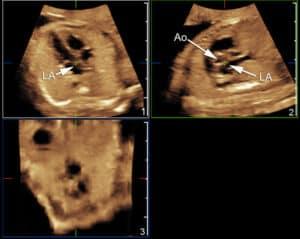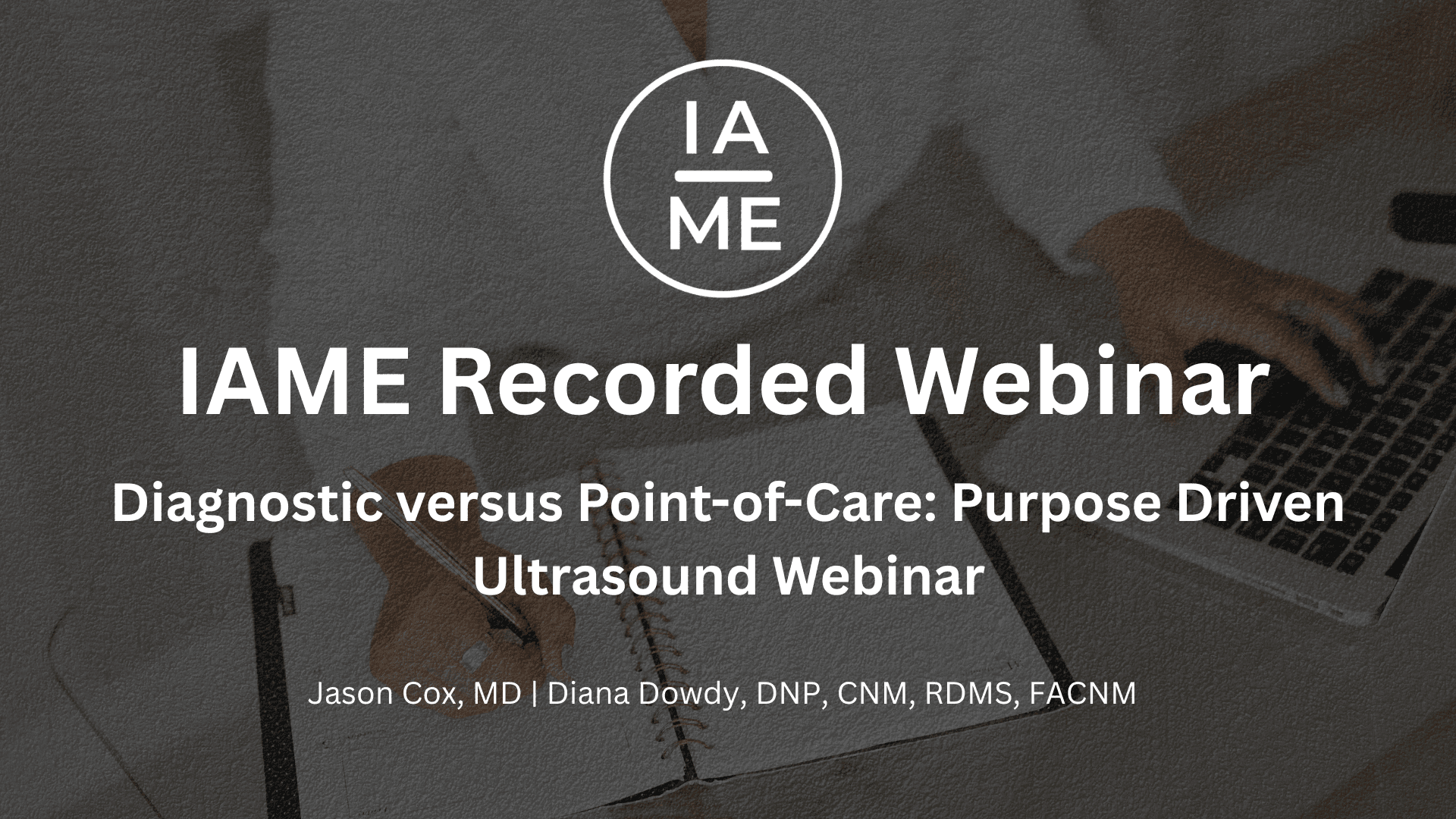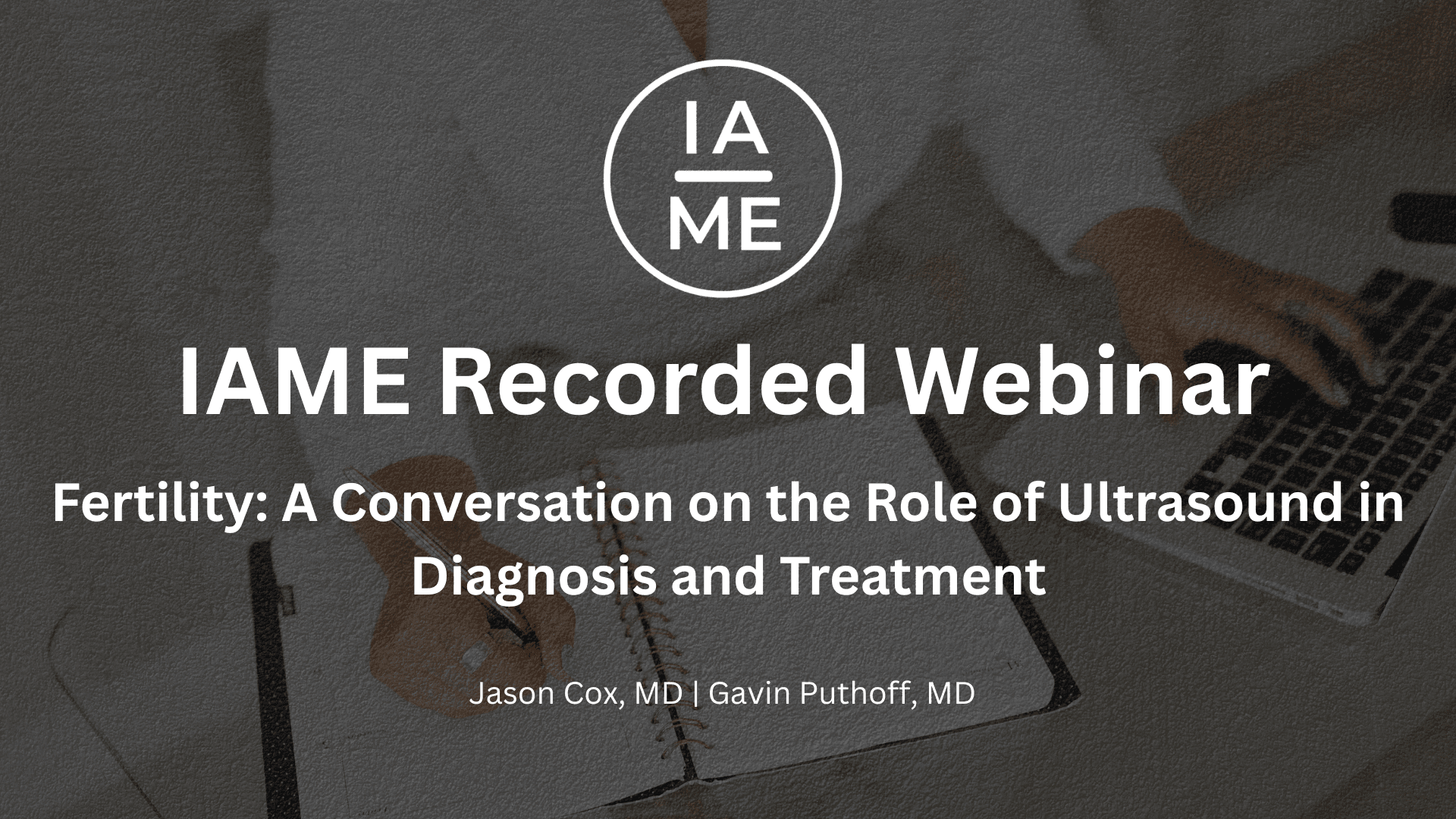
Volumetric Imaging of the Fetal Heart
0% Complete
Course Overview
Explore the advancements in fetal heart imaging with volumetric techniques like 3D and 4D ultrasound. This guide covers the principles, technologies, and clinical applications of volumetric imaging in fetal echocardiography. Learn about transducer technology, volume acquisition, and visualization methods used to assess fetal heart defects, such as D-Transposition of the Great Arteries, Hypoplastic Left Heart Syndrome, and Ebstein Anomaly. Discover how STIC (SpatioTemporal Image Correlation) and rendering technologies enhance diagnostic accuracy, and how these tools are utilized in clinical practice and telemedicine for diagnosing congenital heart disease.
Objectives
Volumetric imaging of the fetal heart can be accomplished with a variety of commercially available ultrasonographic equipment. The modality is increasingly used in clinical practice, either to help solve difficult cases or to gain a different perspective on anomalies seen by conventional two-dimensional ultrasonography (2DUS). After completing this activity, the participant will:
review commonly used terminology for volumetric imaging of the fetal heart;
gain an understanding of currently available transducer technologies;
review common pitfalls involved in volume dataset acquisition;
review methods commonly used to display volumetric images of the fetal heart;
recognize examples of common cardiac anomalies as depicted by volumetric imaging
adopt a practical approach to scanning the fetal heart using volumetric imaging;
utilize this technology's applicability to clinical practice, its potential role in telemedicine, and the published data on the accuracy of volumetric imaging to diagnose congenital heart disease (CDH).
Target Audience
Physicians, sonographers, and others who perform and/or interpret obstetrical ultrasound.
Faculty & Disclosure
Faculty
Luis F. Goncalves, MD
Professor of Radiology and Obstetrics and Gynecology
Oakland University William Beaumont School of Medicine
Royal Oak, MI and Rochester MI
Disclosure
In compliance with the Essentials and Standards of the ACCME, the author of this CME tutorial is required to disclose any significant financial or other relationships they may have with commercial interests. Dr. Luis F. Goncalves discloses a relationship with GE Healthcare and with Philips Healthcare as a member of their speakers bureaus. No one at IAME who had control over the planning or content of this activity has relationships with commercial interests.
Credits
* AMA PRA Category 1™ credits are used by physicians and other groups like PAs and certain nurses. Category 1 credits are accepted by the ARDMS, CCI, ACCME, and Sonography Canada.
Course Details
Accreditation
The Institute for Advanced Medical Education is accredited by the Accreditation Council for Continuing Medical Education (ACCME) to provide continuing medical education for physicians.
The Institute for Advanced Medical Education designates this enduring material for a maximum of 1 AMA PRA Category 1 Credit™.
Physicians should only claim credit commensurate with the extent of their participation in the activity. Sonographers: These credits are accepted by the American Registry for Diagnostic Medical Sonography (ARDMS), Sonography Canada, Cardiovascular Credentialing International (CCI), and most other organizations.

